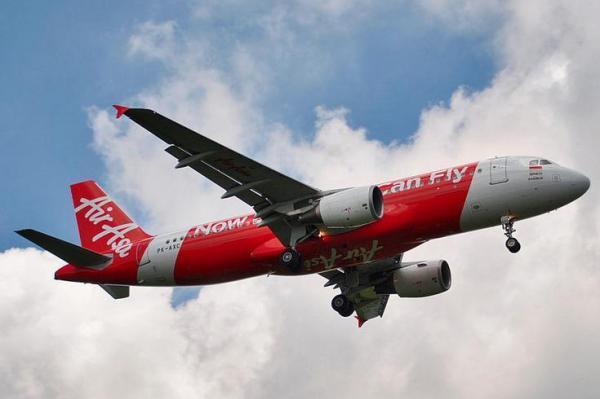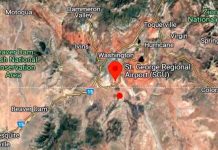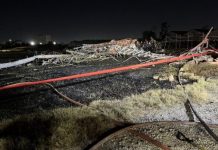
JAKARTA, Dec. 1 (UPI) — The cause of the crash of AirAsia Flight QZ8501 was a technical malfunction coupled with the pilots’ response to the problem, investigators announced Tuesday.
The Airbus A320-200 was traveling from Surabaya, Indonesia, toward Singapore on Dec. 28, 2014, when contact was lost 40 minutes into the flight. The plane crashed into the Java Sea, killing all 162 people aboard.
A report revealed the plane’s flight control computer had a cracked solder joint that continuously malfunctioned — 23 times in 2014 — and pilots had to regularly reset the system to get it functioning correctly again.
When the crew tried to fix the problem by resetting the computer in December 2014, the autopilot was disabled and the pilots lost control of the plane. The crew could not recover control of the craft after it entered a “prolonged stall condition.”
The plane’s wreckage was found at the bottom of the Java Sea near Borneo several days later. Divers have recovered 106 bodies so far.
The nearly year-long investigation was conducted by Australian, French, Singaporean and Malaysian authorities. Investigators said there were weaknesses in pilot training when dealing with upsets or when an aircraft is angled greater than 45 degrees.
Bad weather was also believed to be a contributing factor into the crash.
“Our recommendation to AirAsia is to train their pilots flying the Airbus plane on how to make an upset recovery,” investigator Nurcahyo Utomo said, adding that AirAsia, based in Malaysia, has required upset recovery for pilots since the crash.
“The most interesting part that could be heard from the CVR [cockpit voice recorder] is that whenever the plane went up the captain said ‘pull down,'” Utomo said. “To go down, the captain has to say ‘push,’ while to go up, the captain has to say ‘pull’ in reference to moving the side stick handle.”





